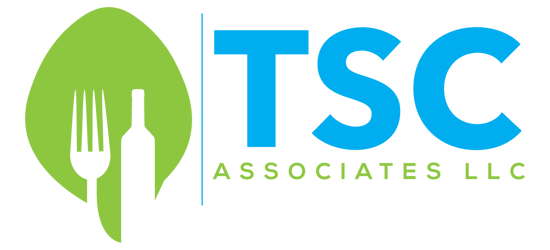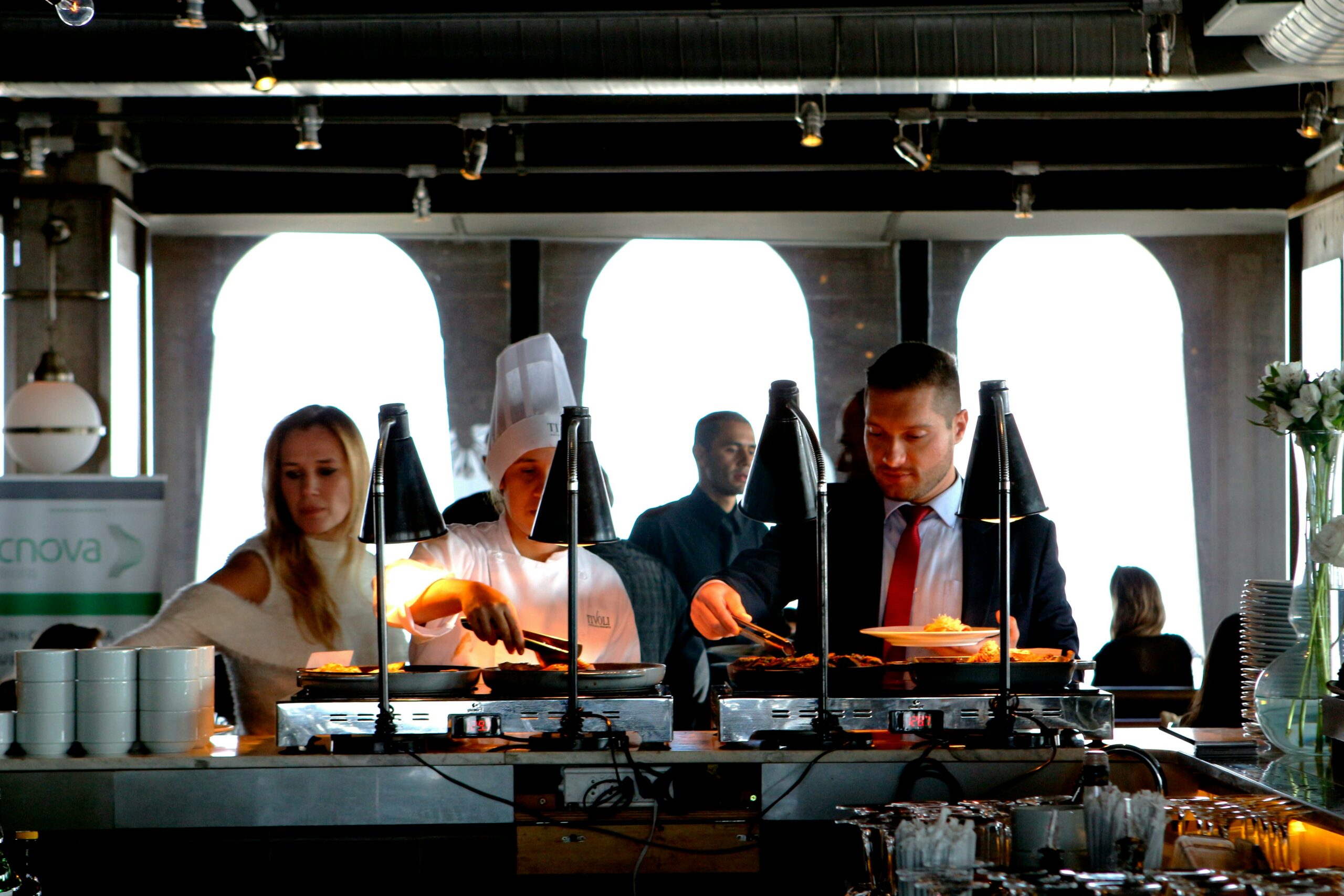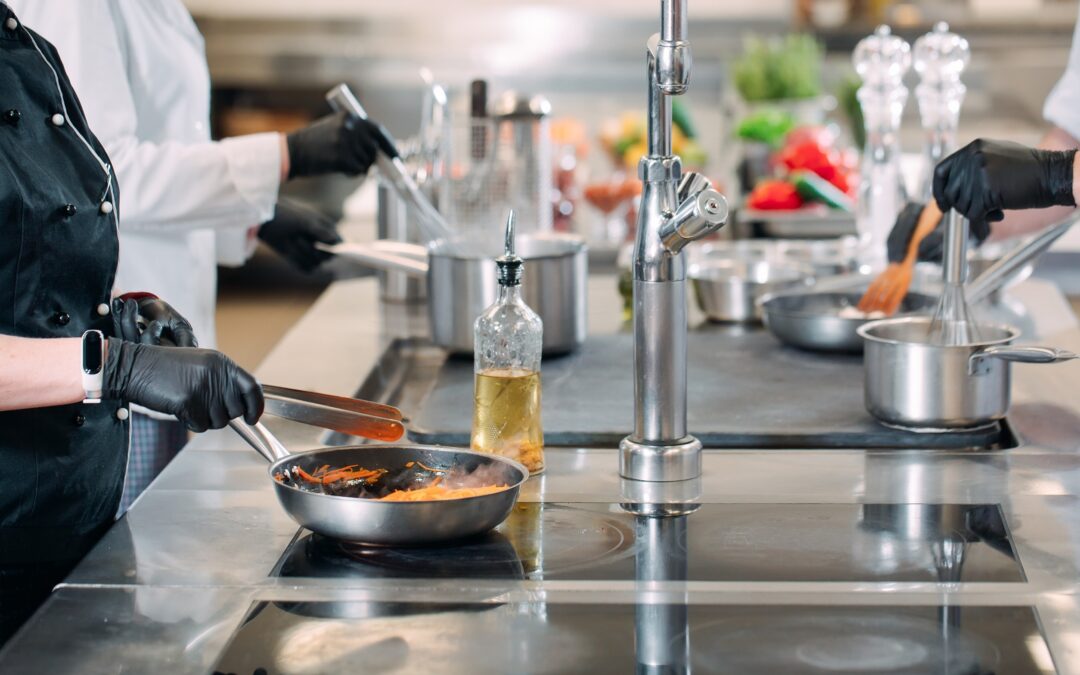Are you thinking about taking a ServSafe class? Whether you are new to the food service industry or looking to refresh your knowledge, these courses equip you with the essential skills and knowledge to handle food safely.
But what exactly happens in a ServSafe class? Let’s break down the curriculum, teaching methods, and what you can expect to learn.
Understanding ServSafe Courses
ServSafe offers a variety of courses designed for different levels of food service involvement. Here’s a quick breakdown of the most common options:
ServSafe Food Handler
This introductory course is ideal for anyone who handles food, even if it’s just serving pre-packaged items. It covers basic food safety principles, personal hygiene practices, and preventing contamination.
ServSafe Manager
This more comprehensive course covers food safety regulations and best practices. It’s geared towards managers, supervisors, and anyone responsible for food safety protocols within a food establishment.
There are also specialized courses available, such as those focused on allergens and alcohol service.
What You’ll Learn in ServSafe Classes
Regardless of the specific course you take, ServSafe classes give you a strong foundation in these food safety practices:
- Foodborne Illness and Prevention: You’ll learn about different types of foodborne illnesses, the factors that contribute to them, and the steps you can take to prevent them in your workplace.
- Safe Food Handling Practices: The course emphasizes proper procedures for receiving, storing, preparing, cooking, cooling, and reheating food to minimize the risk of contamination.
- Personal Hygiene: Maintaining good personal hygiene prevents the spread of bacteria. You’ll learn proper handwashing techniques, appropriate attire, and how to avoid contaminating food during preparation.
- Cleaning and Sanitation: Safe food handling requires you to keep your workspace clean and sanitized. The course covers proper cleaning and sanitation procedures for surfaces, equipment, and utensils.
- Time and Temperature Control: Pathogens grow well in foods that require time and temperature control. You’ll learn proper techniques and procedures to regulate time and temperature to keep foods safe for consumption.
By understanding these key areas, you’ll gain the confidence and skills necessary to handle food safely and responsibly, ensuring the well-being of yourself, your colleagues, and your customers.
Putting ServSafe Knowledge into Practice
ServSafe training equips you with vital knowledge, but its true value shines when applied in a real-world kitchen. Here’s how to seamlessly transition:
- Review Course Materials: Refresh your memory on essential food safety protocols by revisiting your course materials.
- Communicate Effectively: Discuss food safety practices with colleagues to ensure everyone follows the same standards.
- Implement Safe Practices: Incorporate learned techniques into your daily routine to maintain a safe kitchen environment.
- Stay Updated: Keep abreast of evolving regulations by attending refresher courses.
Want to maintain the safety of your customers and gain a competitive edge? At TSC Associates LLC, we provide the ServSafe training solutions you need. Our engaging classes and expert instructors will give your staff the knowledge and skills to excel in food safety. Contact us today and prioritize the well-being of your customers and business!




